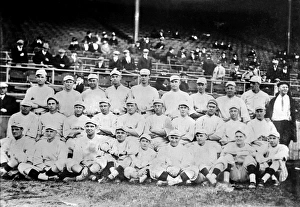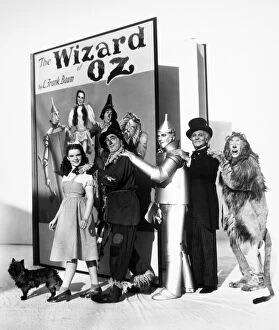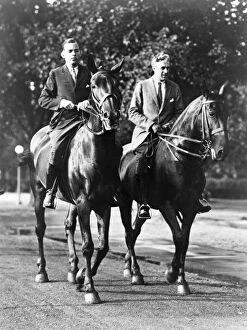Haley Collection
"Haley Turner: A Journey Through Time and Talent" Haley Turner, a name that echoes through history, intertwining with various realms of art, sports, and culture
All Professionally Made to Order for Quick Shipping
"Haley Turner: A Journey Through Time and Talent" Haley Turner, a name that echoes through history, intertwining with various realms of art, sports, and culture. From the iconic Boston Red Sox team photo in 1916 to the enchanting melodies of "I'll Buy That Dream" music sheet cover, Haley's presence is felt across different eras. In the world of baseball, one cannot overlook the significance of the Boston Red Sox. Amongst their legendary lineup sits Babe Ruth himself, seated prominently in the front row center, and is within this esteemed company that Haley's story begins. However, Haley's influence extends far beyond sports alone. Maud Hobson captures her essence beautifully through an illustration from a theatrical production poster for Uncle Tom's Cabin in 1870. This timeless tale sheds light on important social issues while showcasing Haley's ability to captivate audiences with her talent. Speaking of captivating performances, who could forget Judy Garland as Dorothy in The Wizard of Oz? Alongside Ray Bolger as the Scarecrow and Jack Haley as the Tin Woodman, they brought magic to our screens. Just like these beloved characters enchanted us all those years ago, so does Haley Turner leave an indelible mark on every stage she graces. But it doesn't stop there; even rock 'n' roll pays homage to our enigmatic protagonist. In 1956's film "Don't Knock The Rock, " Billy Haley and his Comets steal hearts with their electrifying performance captured forever on screen. Beyond entertainment lies a connection to historical figures such as John Coolidge - son of President Calvin Coolidge - whose path intersects with ours at unexpected junctures throughout time. Harriet Beecher Stowe's groundbreaking novel Uncle Tom’s Cabin further solidifies Haley’s legacy by shedding light on societal injustices during its first publication in 1852. An illustration from a poster promoting this influential work serves as a reminder of Haley's ability to transcend time and inspire change.








